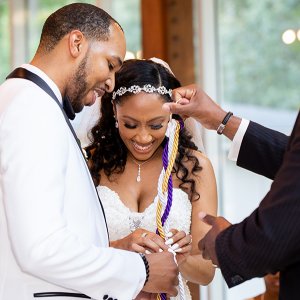From a spectacular baraat entrance to multiple wardrobe changes to the high-flying Hora dance, wedding planners reveal how to add cultural flair to your nuptials.
By: Stefania SainatoAround the World: Handfasting Ritual
During a handfasting ritual, the bride and groom's hands are bound together with a ribbon to symbolize the joining of two lives. (Fun fact: Some historians believe this is where the expression "tying the knot" originated.) This old pagan ritual is practiced in different countries, including Ireland and in some parts of Africa, as well as adapted by modern couples looking to add a meaningful touch to their wedding ceremony.
Belgium: Pass Out Flowers to the Moms
A romantic Belgian custom aimed at uniting both families requires the bride to hand her mother a single flower while she walks down the aisle. Then, during the recessional, she does the same for her mother-in-law.
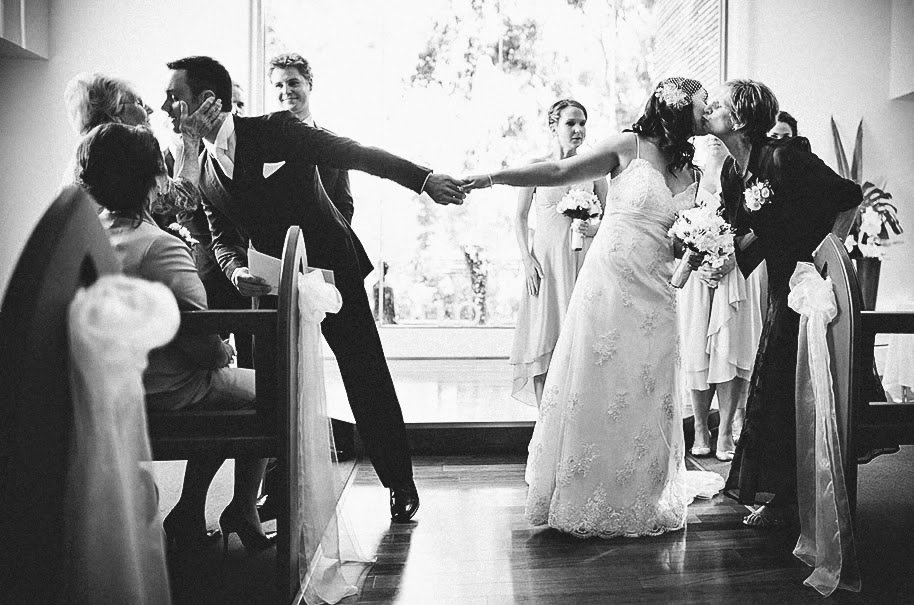
Photo Credit: Jeremy Beasley
Greece and Russia: The Crowning
At Greek weddings, the bride and groom wear stefana (crowns tied together). The priest places the crowns on the newlyweds' heads, and the koumbaro (best man) interchanges them three times to signify their union as husband and wife.
The crowning is also the most climactic part of an Orthodox Russian wedding ceremony. The crowns not only signify that the bride and groom are king and queen of their new domain together but also represent the self-sacrifice that they ask of one another. In Russia, only civil ceremonies are considered official, so couples who want a religious ceremony must also have a civil one.
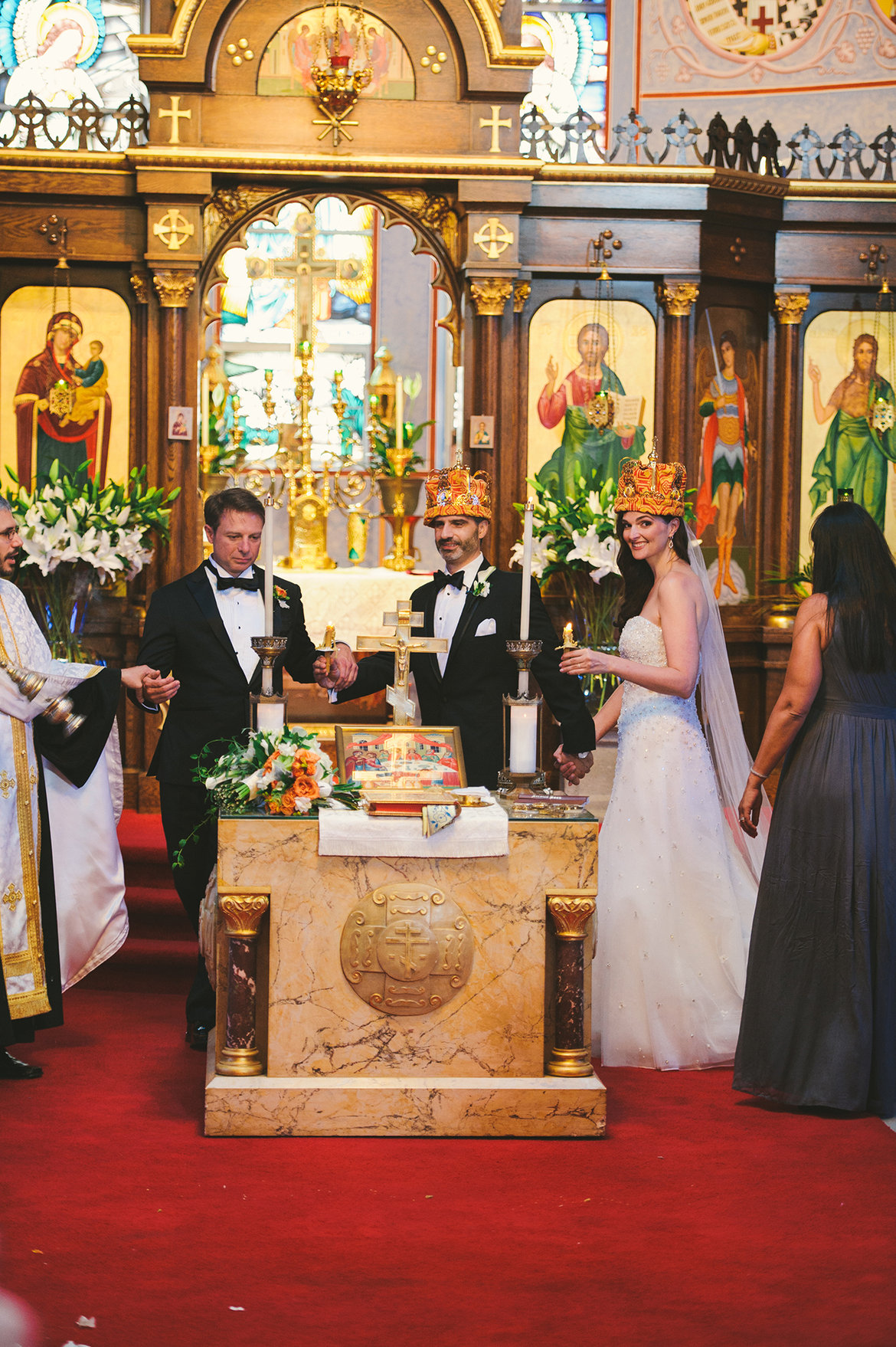
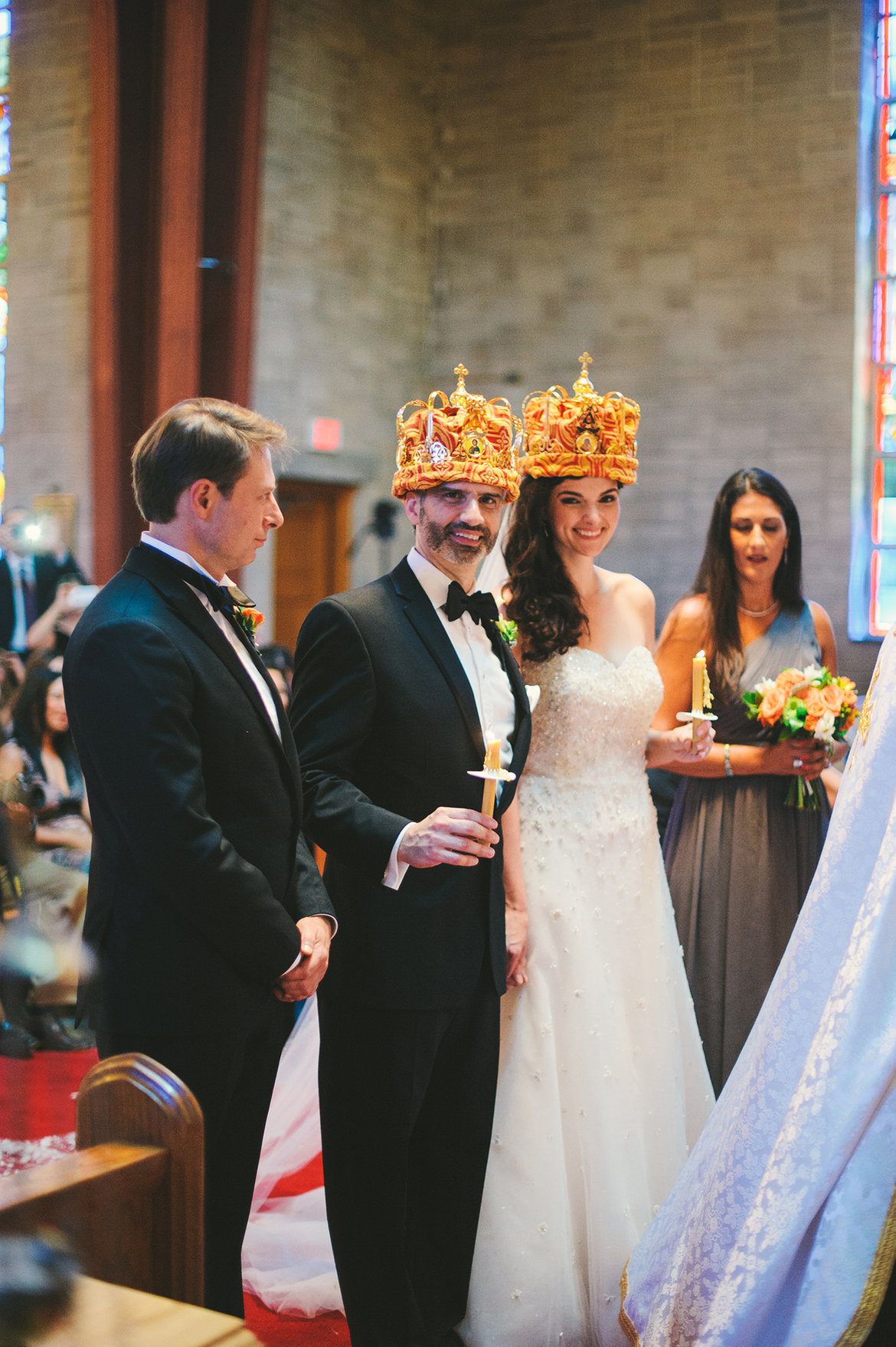
Photo Credits: Tony Spinelli Photography
Jewish: The Bedeken
After the signing of the ketubah (marriage contract), the groom lowers his bride's veil over her face in a Jewish ceremony referred to as bedeken. Once the veil is in place, the bride and groom's loved ones come forward to bless the couple. It is believed to have originated in biblical times, when Jacob mistakenly married his true love's sister. "Today it represents the commitment to love one another fully, even for qualities which may be hidden beneath the surface," Gorjestani says. Jewish ceremonies are steeped in tradition and filled with symbolism and heritage.
Mexico: El Lazo
Similar to handfasting, el lazo is a Mexican tradition that takes place after the bride and groom exchange vows. A special person or couple places a cord or large loop of rosary beads draped in a figure eight around the shoulders or wrists of the newlyweds. They wear it for the remainder of the service as a symbol of their love, which should bind them closer together every day. At the end of the ceremony, it's given to the bride as a keepsake.
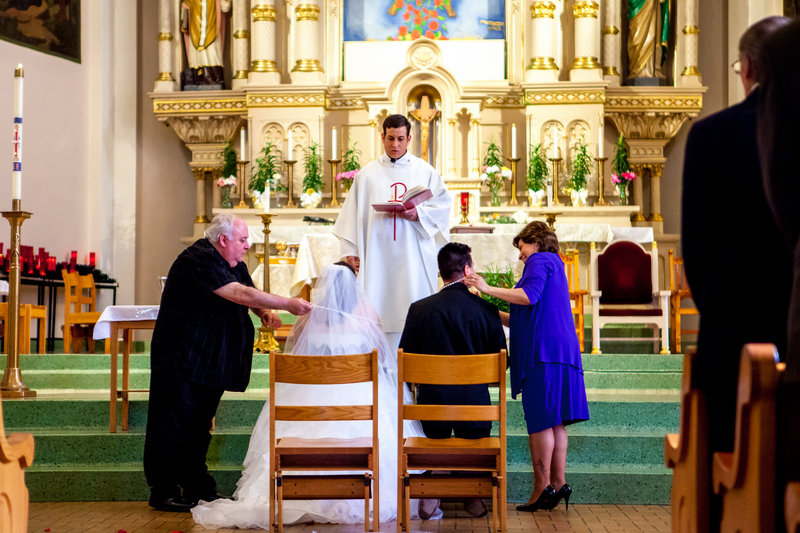
Photo Credit: Victoria Sprung Photography
Spain: Las Arras Matrimoniales
The exchange of 13 golden coins is an old Hispanic wedding tradition that is still practiced in Latin America and the Philippines. The padrinos (godparents) purchase the arras (coins), and the priest blesses them. Then, the groom gifts them to the bride as a demonstration of his support and love for her. Some believe that the coins represent 13 different words while others believe they are indicative of the 12 Apostles and Christ, or the lunar calendar of 12 months (with the 13th being the honeymoon period).
African American: Jumping the Broom
During slavery, wedding vows and ceremonies weren't recognized for African Americans, so a tradition developed where newlyweds would leap hand-in-hand over a ceremonial broom to represent their new spiritual life together. Modern couples honor this rich ancestral history by jumping the broom after being proclaimed as husband and wife at their ceremony.
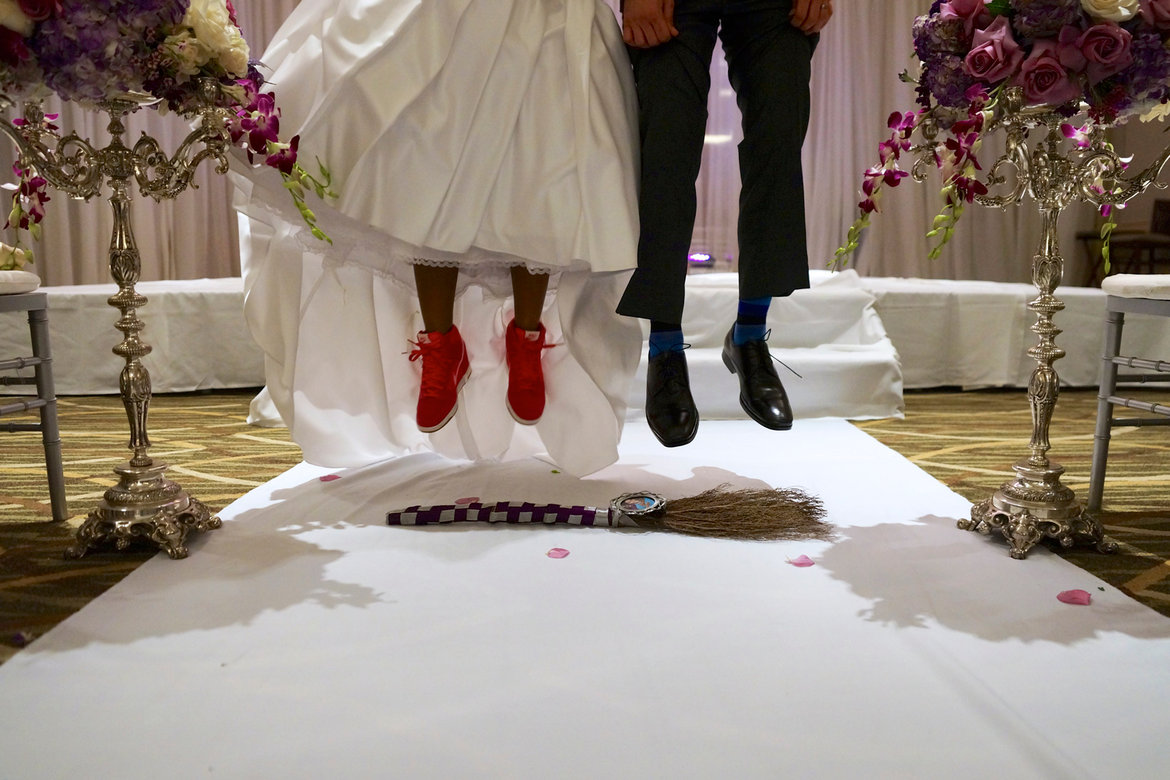
Photo Credit: Clivabeth Photography
Germany: Log-Cutting Ceremony
A German wedding custom is that the bride and groom must work together to saw through a log in front of their friends and family members. The action is supposed to demonstrate teamwork and the ability to overcome challenges in their marriage.
Poland: Reception Blessing
Couples of Polish descent receive a special blessing from the bride's parents at the reception, who offer bread, salt, wine, and a silver coin, all of which have symbolic meaning. The bread represents the hope that the newlyweds will never go hungry. Wine signifies happiness and good health. Salt serves a reminder that they will overcome difficult challenges together. Lastly, the coin represents prosperity. The parents then kiss the couple as a sign of their unity and love.
Browse Cultural Wedding Traditions By Category:
► Processions
► Blessings/Rituals
► Fashion and Beauty
► Décor and Other Wedding Details
► Wedding Dances/Antics
► Food and Beverages


